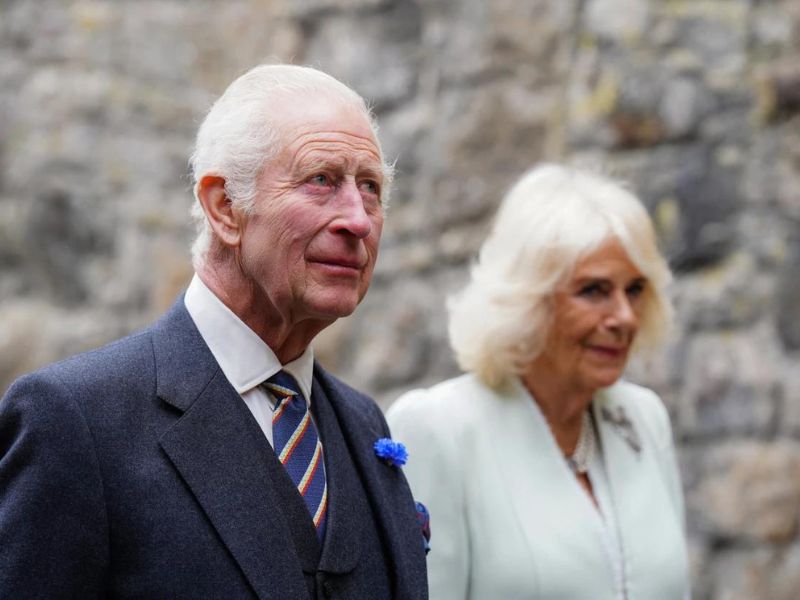King Charles III is preparing for a significant journey to Australia and Samoa in October, covering 12 time zones, which will test his stamina as he continues his recovery from cancer treatment. This tour, announced recently by Buckingham Palace, marks a pivotal moment for the 75-year-old monarch, who has been gradually resuming public duties following his cancer diagnosis earlier this year.
The decision to undertake such an extensive trip is viewed as a positive sign of Charles’ recuperation, although his activities in Australia will be somewhat restricted. It will be Charles’ first visit as king to one of the 14 nations where the British monarch remains head of state outside the UK, highlighting both pride and controversy regarding Britain’s colonial history.

Anticipated warmly by supporters waving flags, Charles may also encounter anti-monarchy sentiments in Australia, where nearly half of voters once backed creating an Australian republic in a 1999 referendum. Despite opposition, Prime Minister Anthony Albanese, whose Labor Party favors transitioning away from monarchy, expressed a respectful welcome to Charles and Queen Camilla for their upcoming visit.
The palace revealed sparse details about the itinerary, mentioning visits to the Australian Capital Territory, New South Wales, and a formal state visit to Samoa for the Commonwealth Heads of Government Meeting. Charles, as head of the Commonwealth, oversees this voluntary association of 56 nations with historical ties to Britain, underscoring his diplomatic role in global affairs.

However, the itinerary excludes New Zealand due to Charles’ ongoing medical advice to avoid extensive travel. Isaac Jeffrey, from the Australian Republic Movement, questioned the relevance of funding the royal visit, emphasizing the debate over the monarchy’s place in modern Australian democracy.
This tour occurs amidst health challenges faced not only by Charles but also by other senior royals. His wife, Princess Kate, recently underwent surgery for cancer, and Prince William took time off to support her and their family. Consequently, remaining royals like Camilla and Princess Anne have shouldered increased public engagements, reflecting the evolving role and challenges of a streamlined royal family.
In preparation for the trip, Buckingham Palace released new portraits of Charles and Camilla adorned with Australian and New Zealand insignia, signaling their forthcoming diplomatic engagements. The palace stressed that the visit aligns with the Australian government’s invitation, focusing on bilateral relations and shared cultural ties.
The tour’s scale reflects Charles’ careful balance between royal duties and health considerations, with his medical team advising caution to prioritize his ongoing recovery. Despite limitations, the visit to Australia and Samoa underscores Charles’ commitment to Commonwealth relations and signifies a crucial step in his reign amidst evolving global perspectives on monarchy and sovereignty.
Also Read:
Avery Street Civil War Hospital Building Purchased for Renovation
2 Primary Reasons That Mexico ‘Cancels’ Statue Of Greek God Poseidon
FAQS:
1. Why has King Charles III decided to visit Australia and Samoa?
King Charles III’s upcoming trip to Australia and Samoa is focused on attending the Commonwealth Heads of Government Meeting in Samoa and engaging in diplomatic activities in Australia, marking a significant milestone in his recovery journey.
2. Will King Charles III include New Zealand in his current tour plans?
No, King Charles III’s current travel plans exclude New Zealand based on medical advice aimed at prioritizing his ongoing recovery. The visit is specifically limited to Samoa and Australia at the request of their respective governments.
3. What makes King Charles III’s visit to Australia important?
King Charles III’s visit to Australia holds significance as it aims to strengthen bilateral relations between the United Kingdom and Australia, amid ongoing discussions in Australia about the monarchy and potential moves towards republicanism.

